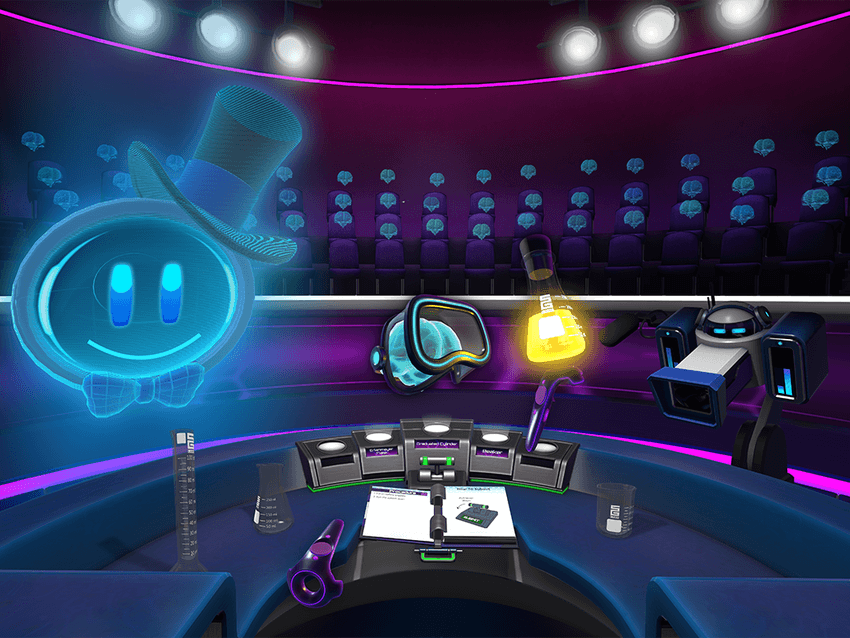Every summer, the video game industry’s brightest minds come together in New York City to explore how video games can drive positive social impact. With representation from big names like Microsoft Education, the New York Times and Schell Games – Explore! was in good company. As our first major conference, the Games for Change Festival was an amazing forum to build brand awareness, seek partners and validate our strategy. As I continue to work with our leadership team to shape our product strategy, the three inspirational days at G4C left me with four strategic takeaways.
1. Use technology shortcomings to your advantage
As an early stage augmented reality start-up we face our fair share of engineering challenges. It is easy to look at those companies that have “made it” and ask yourself “what are they doing differently” or “what are we doing wrong?” During a talk by Jesse Schell, where he recounted the constant flow of challenges in his journey to bring HoloLab to market, it struck me – technology companies are defined by their ability to turn technology shortcomings into product differentiators.

Gameplay from HoloLab Champions by Schell Games
Especially in Augmented Reality, where we rely on the R&D of organizations like Apple, Google an, Vuforia the technology will never be perfect. Rather than see this as a barrier, we must view it as an opportunity to innovate and deliver unique experiences, game mechanics, and storylines that separate us from the pack.
2. Focus on the core
In business school, I recall my marketing professor outlining the notion that organizations that attempt to innovate more than 1 step beyond their core are doomed to fail. Simply put, think of a lemonade business suddenly deciding to go into retail. A more reasonable step might be to add iced tea to the menu. To be successful in expanding the core of a business, it is my opinion that the journey must be incremental. So what does this mean for Explore Interactive? We must have a maniacal focus on the “core” of our business and seek partnerships, or external expertise in areas outside that scope. Every dollar of investment counts, especially at this stage, and should be invested in strengthening and gradually expanding the “core.”
3. Baby steps
In my last blog post, on user-centered design, I referenced lean product management as the approach to deliver our game. At a high level, this means rapid iteration through the design-build-measure-learn feedback loop until we achieve “product-market fit.” What I did not mention is the importance of
- Making an “iteration” as small as possible in terms of scope, complexity, and investment
- Maximizing the number of the total iterations
In the simplest terms – baby steps, and not just for the work that needs to get done, but also for the product itself. Can we make the product simpler, invest less and still deliver on our value proposition? Is what we are building truly a minimum viable feature set?
4. Think big, think global
Over the 2-days at the Games for Change Festival and single day XR for Change, we met amazing people with global networks. The feedback and general sentiment in relation to our product, mission, and strategy were overwhelmingly positive. One thing that really stood out; however, was the continuous ask of “is this only for the US; can you take this global?” Many individuals whom we spoke with could imagine our kits in a classroom in sub-Saharan Africa or an after-school program in South Korea. For me, this was a wake-up call to think bigger, think global and think of ways we can deliver on our promise to democratize access to STEM education for everyone.
All-in-all, the 2018 Games for Change festival left me energized, inspired and excited for what’s in store. A big thank you to Amanda & Wesley for making it happen and the G4C staff for supporting us in our journey – we’ll see you next year!
Follow our Journey

